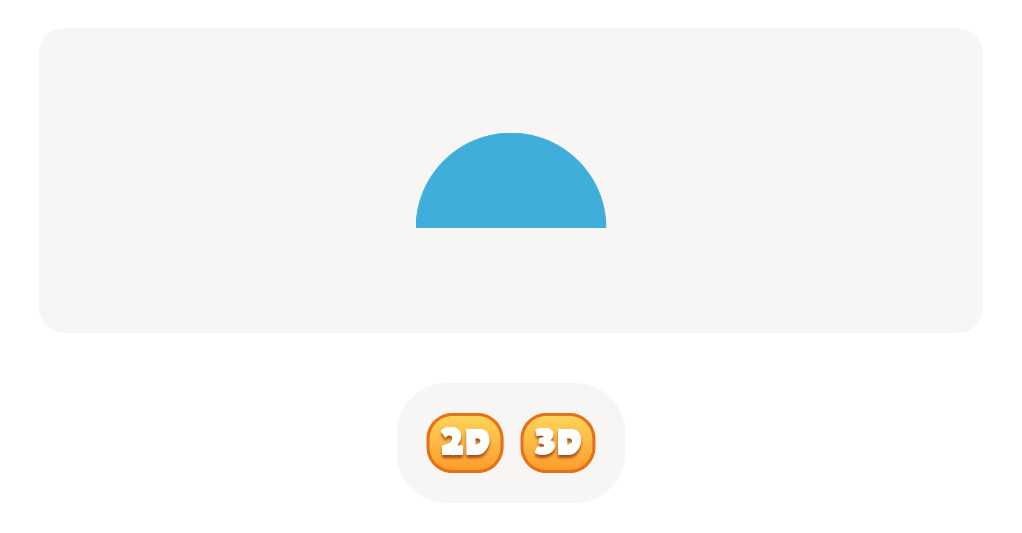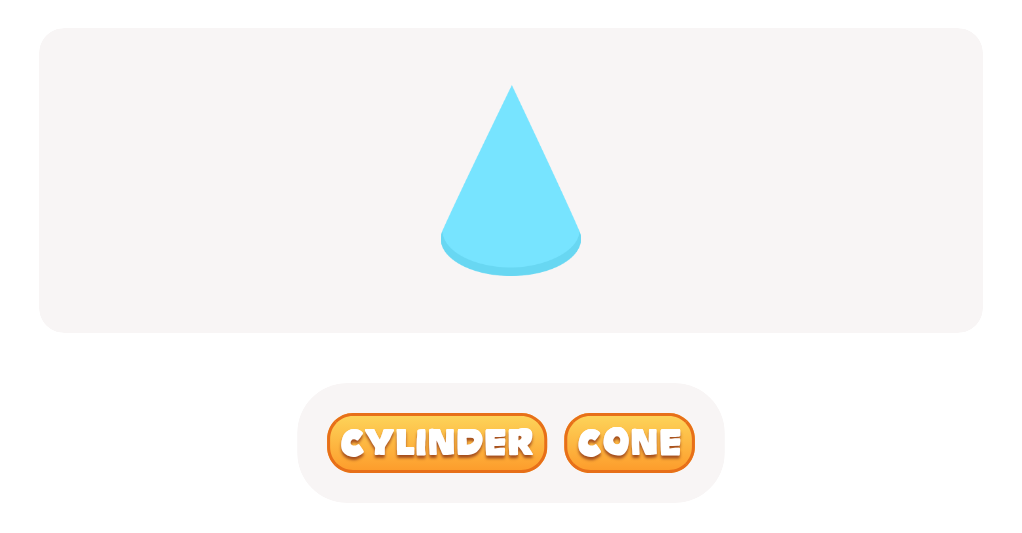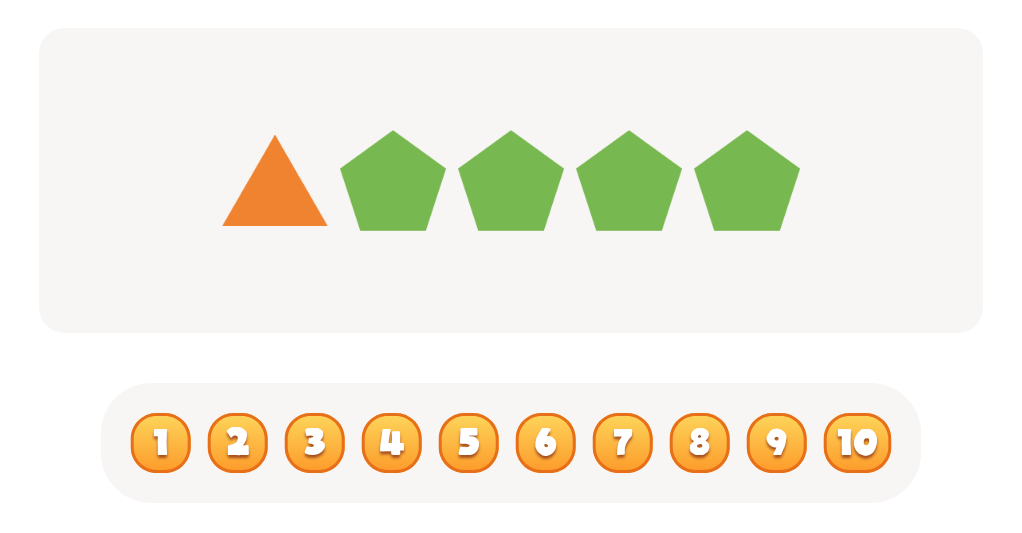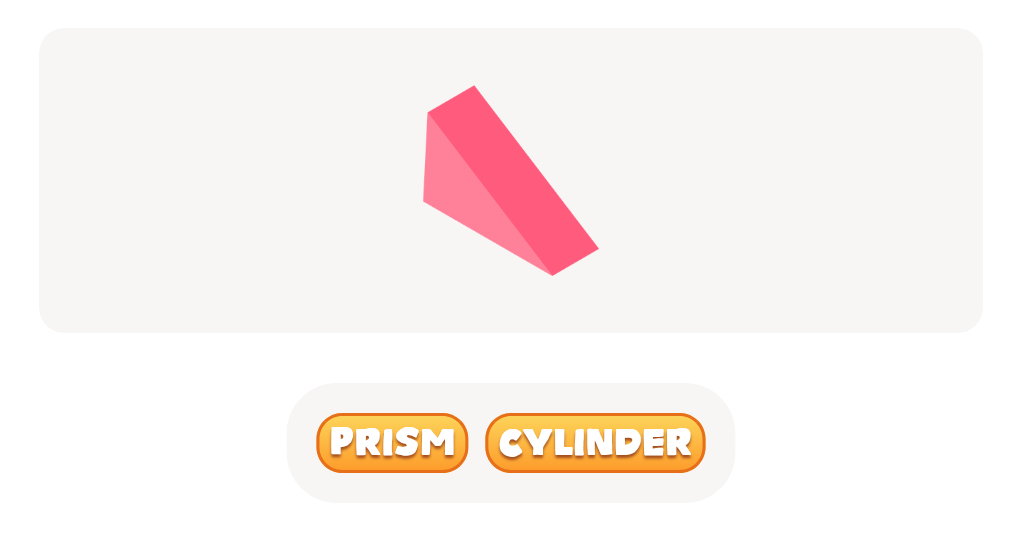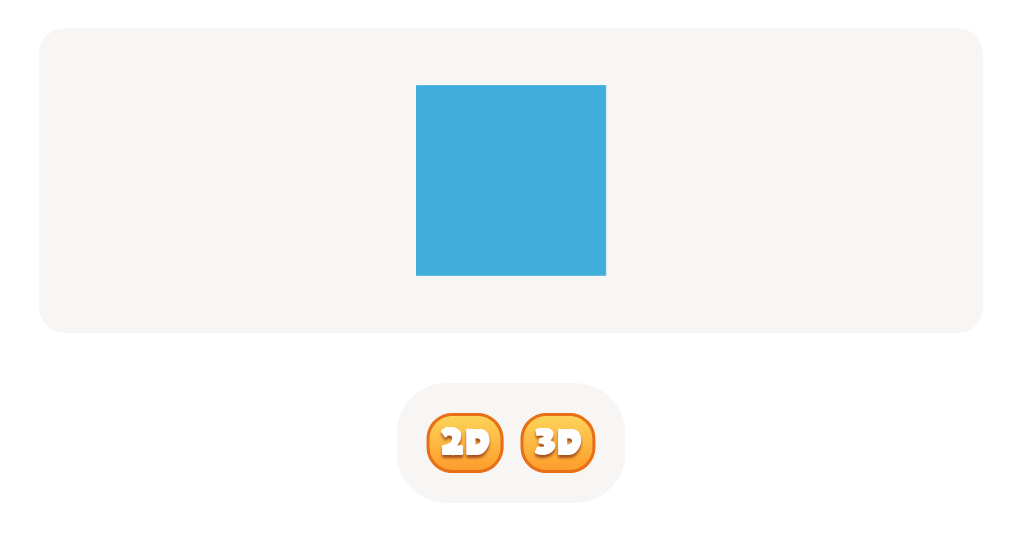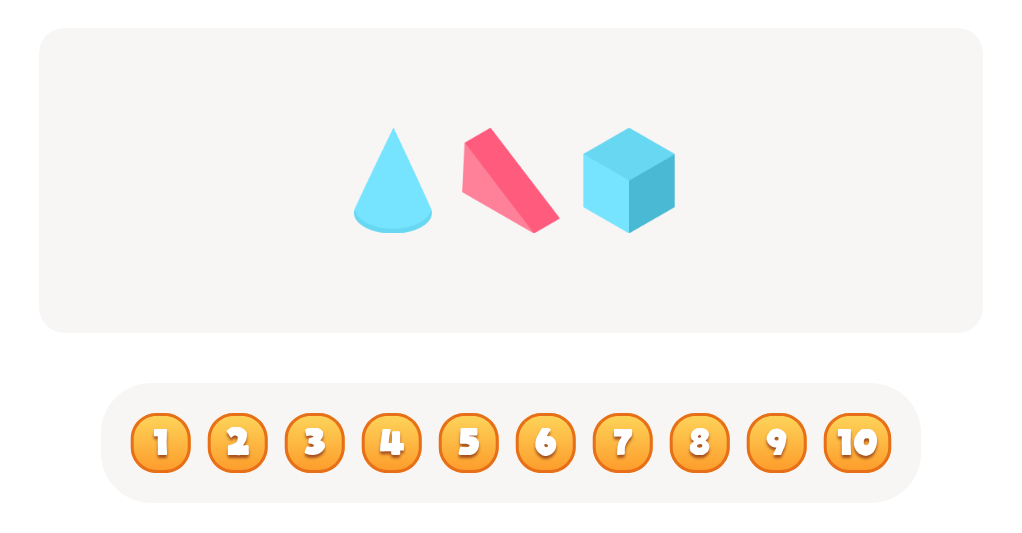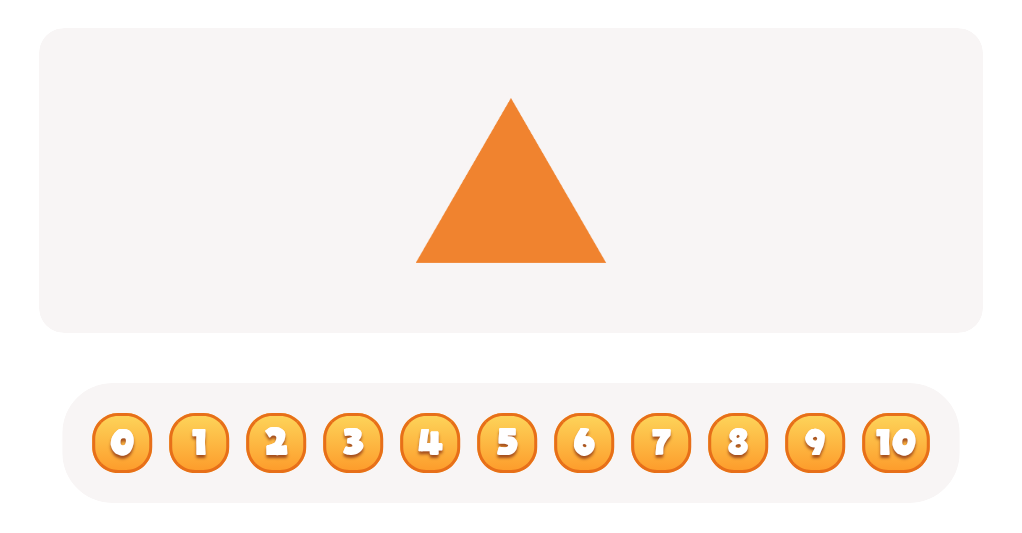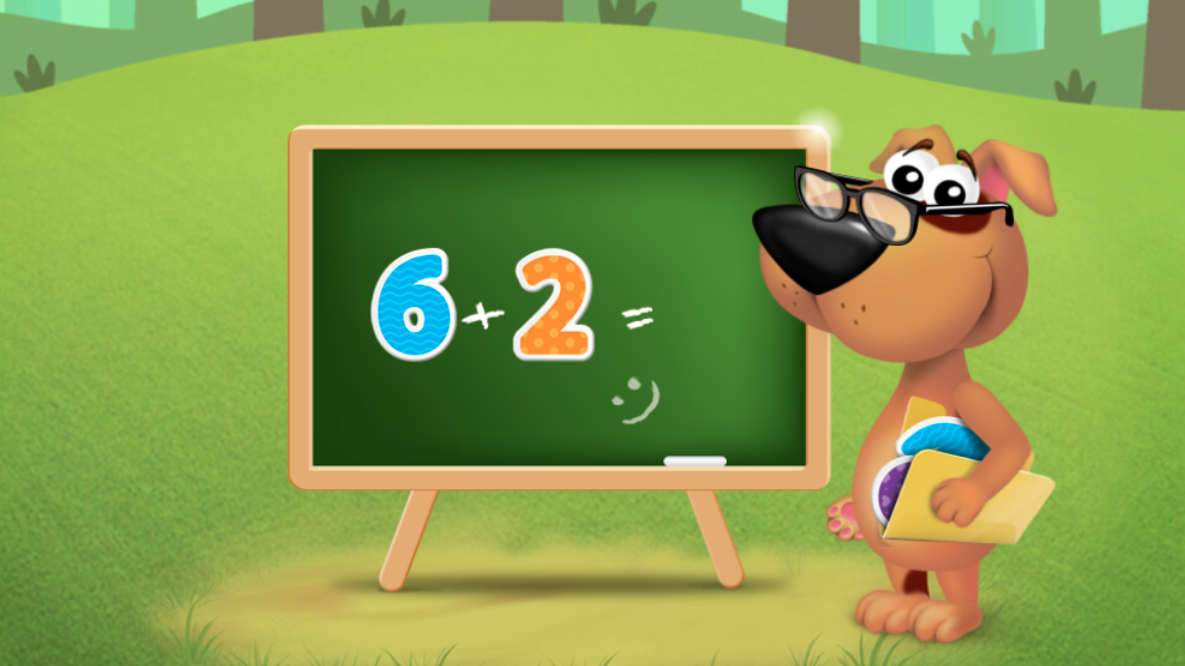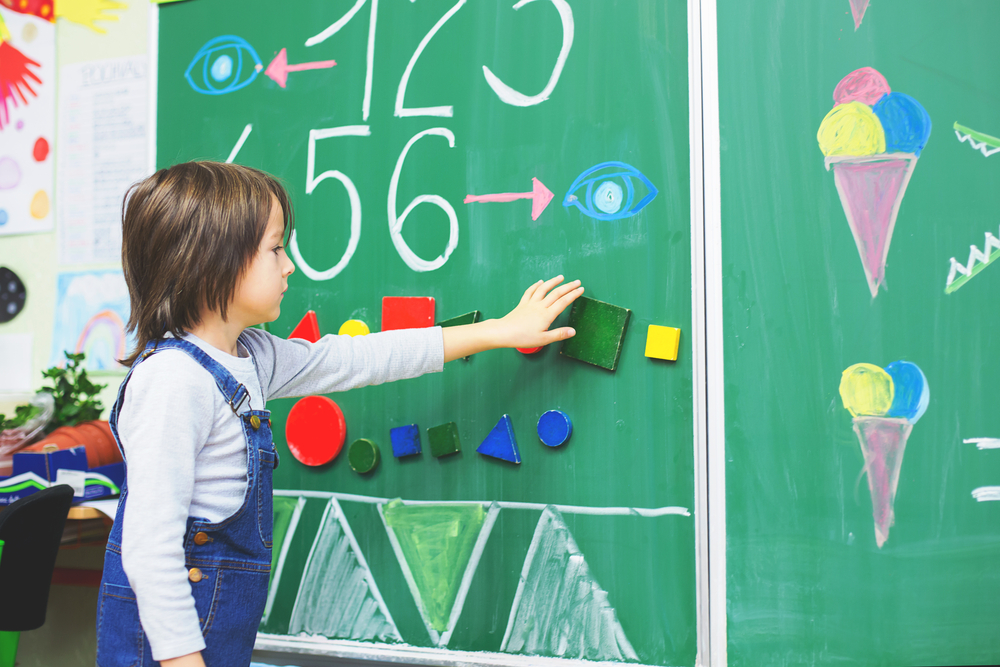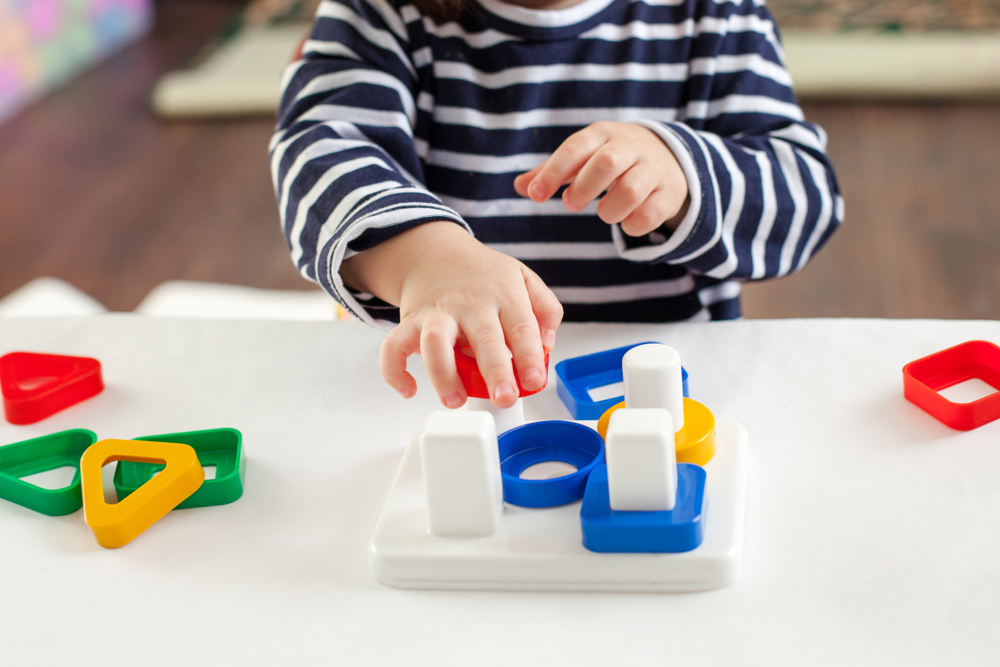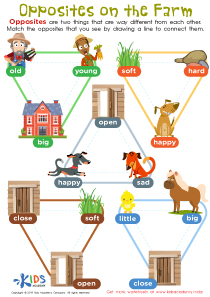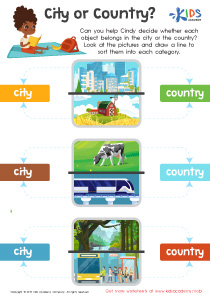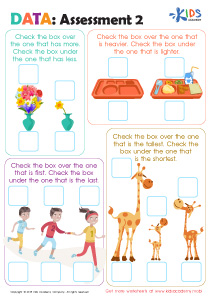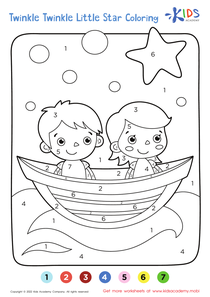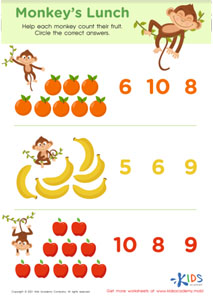Understanding fractions Geometry Worksheets for 9-Year-Olds
5 filtered results
-
From - To
Welcome to our "Understanding Fractions Geometry Worksheets" tailored for 9-year-olds! These engaging worksheets are designed to help young learners grasp the fundamentals of fractions in the context of geometry. Through fun activities, students will explore how shapes are divided, recognize fractional parts, and relate fractions to their geometric representation. Our resources are perfect for enhancing critical thinking, boosting mathematical skills, and promoting a deeper understanding of concepts like area and perimeter through fractions. Ideal for both classroom use and at-home learning, these worksheets provide a comprehensive and interactive approach to mastering fractions in geometry. Let’s make math fun and accessible!
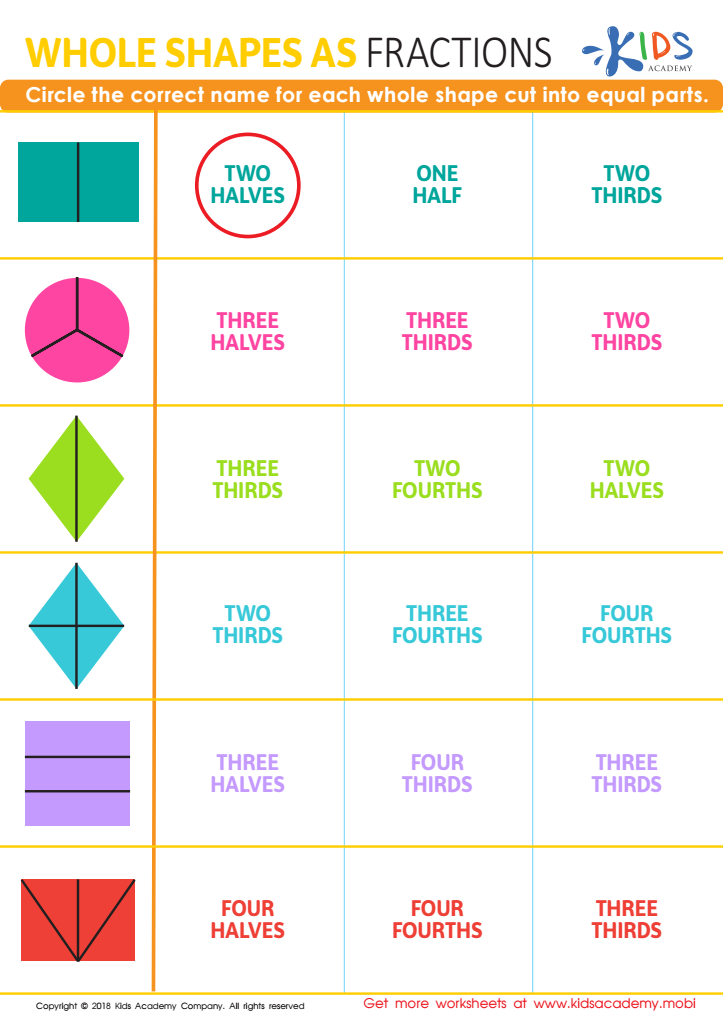

Whole Shapes as Fractions Worksheet
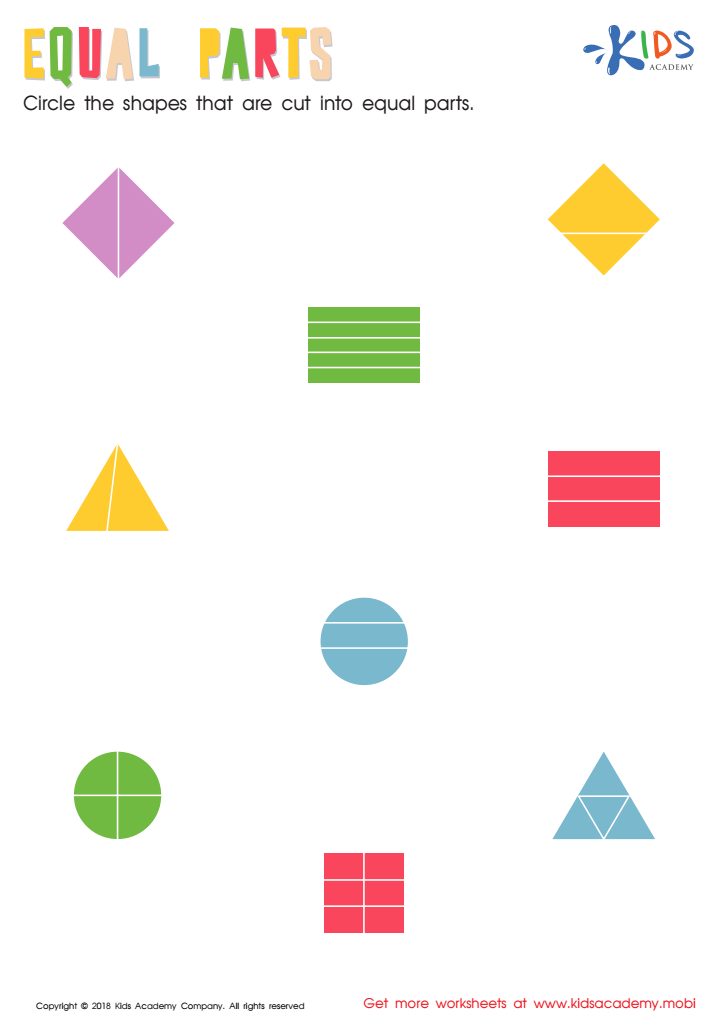

Equal Parts: Shapes Worksheet
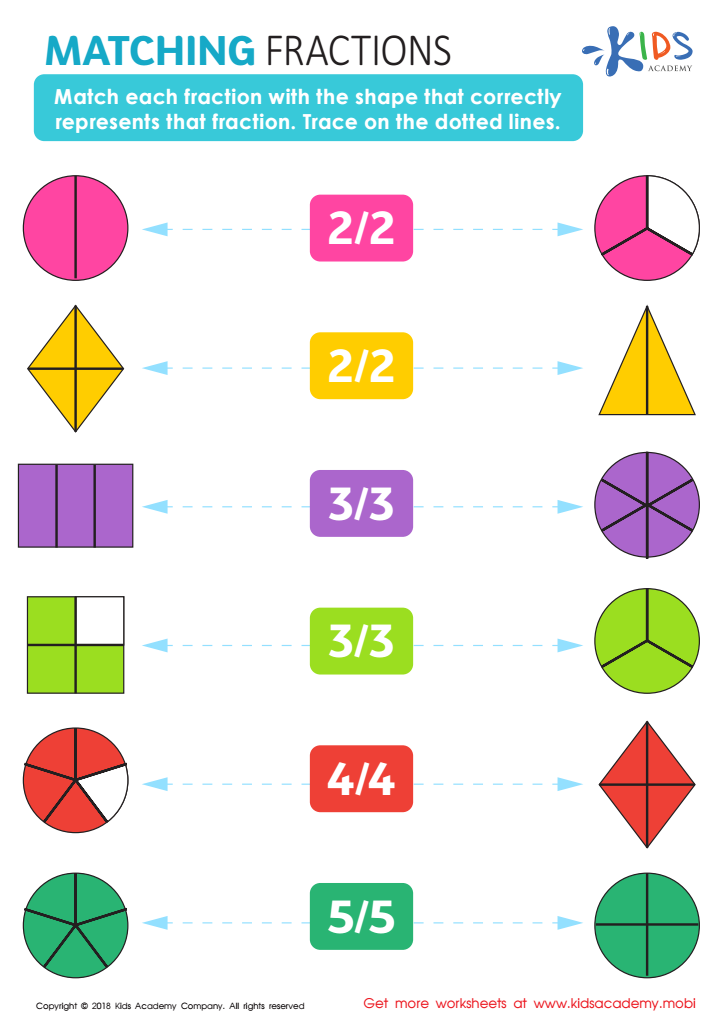

Matching Fractions Worksheet
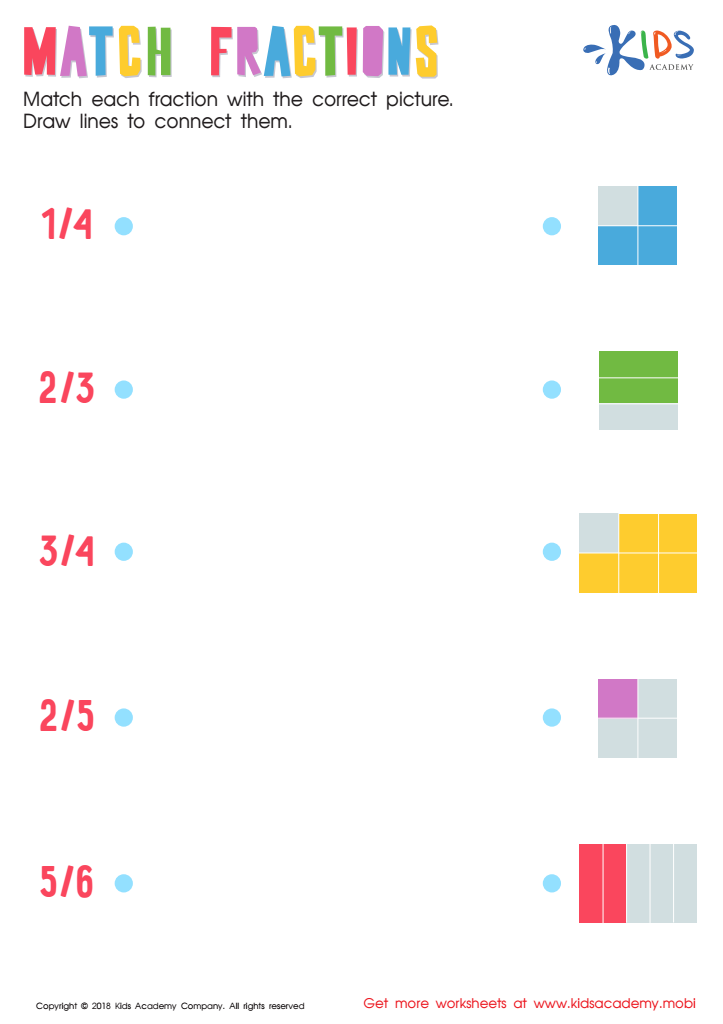

Match Fractions Worksheet
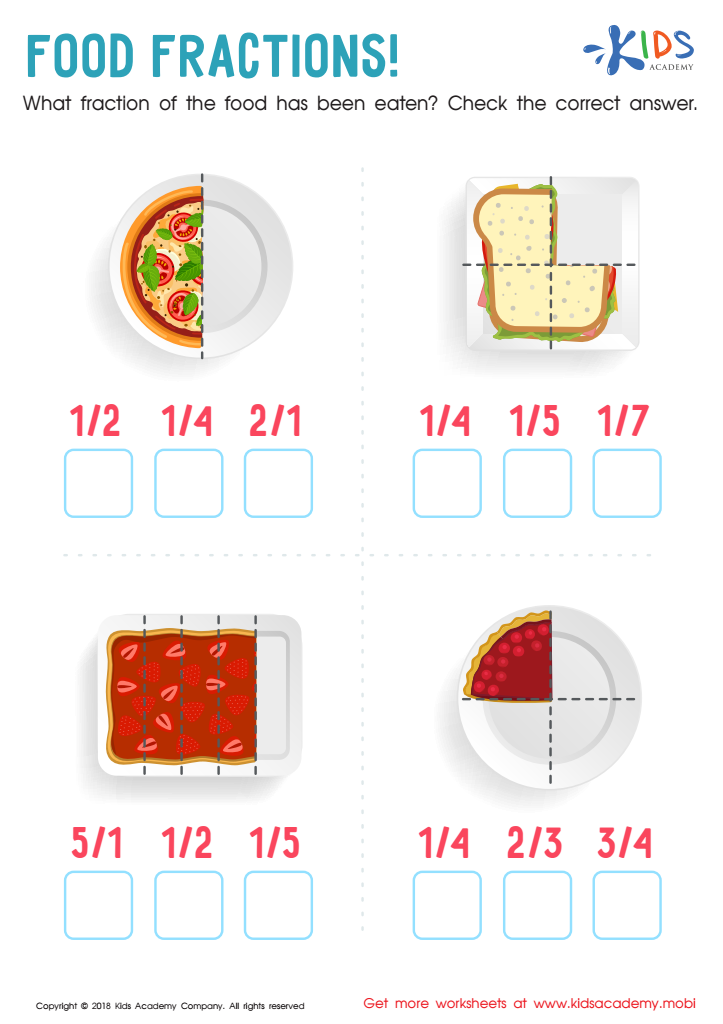

Food Fractions Worksheet
Understanding fractions and geometry is essential for 9-year-olds as it lays the foundation for future math skills, critical thinking, and everyday problem solving. At this age, children are transitioning from concrete to more abstract reasoning, making it an ideal time for them to explore concepts like fractions and geometric shapes.
Fractions teach children about parts of a whole, which is crucial for everyday tasks, such as sharing food or measuring liquids during cooking. Mastering fractions enhances their ability to comprehend ratios, percentages, and even the concept of division, which will be more heavily utilized in later grades.
On the other hand, geometry introduces kids to spatial understanding, shapes, and their properties. It helps them visualize and describe their world, fostering logical reasoning and analytical thinking. Geometry is not only integral in math but also intersects with arts, science, and real-life applications, such as architecture and design.
By focusing on these areas, parents and teachers can nurture a child’s mathematical confidence, boost critical thinking, and develop skills that are widely applicable in future academic pursuits and everyday life. Cultivating these skills at an early age paves the way for continued growth and success in all areas of learning.

 Assign to My Students
Assign to My Students
